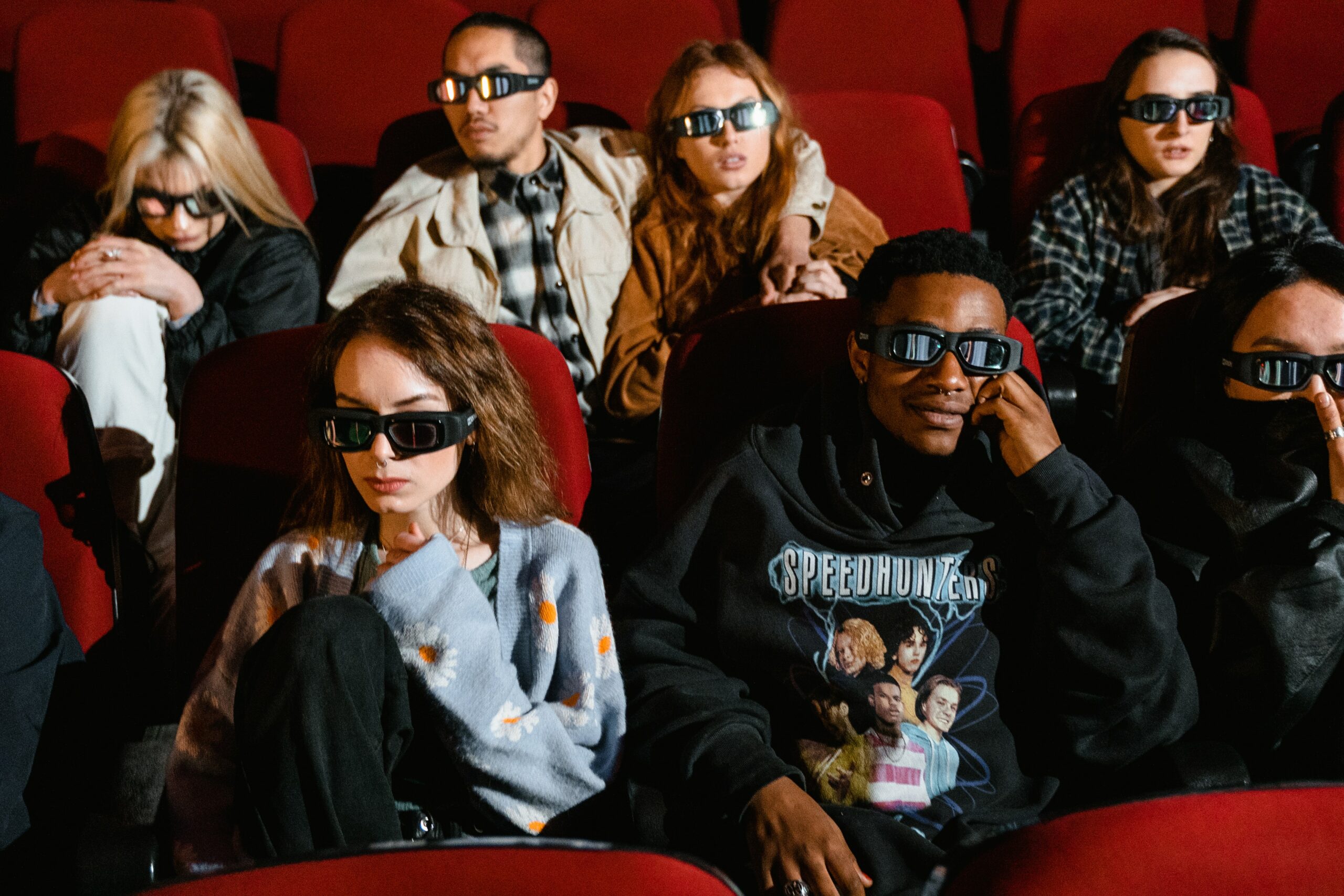Three things everyone’s thinking about on-screen fashion
[…]

You probably already know that product placements on the big screen garner positive attitudes and often play an important role in consumers’ purchasing decisions. But there’s something we’ve noticed. From shows like Succession to Emily in Paris, the small and big screen has been filled with some seriously stylish moments this year. As a matter of fact, fashion enthusiasts are more likely to turn to television and/or films for inspiration over fashion influencers.
So, how are consumers engaging with these wardrobe highlights?
We explore how consumers connect with on-screen fashion to address some of our curiosities. 🤔
First things first, are we done with OOTD?
In the land of influencers, where coffee cups are props, blackout sunnies are a disguise, and the Bottega bag reigns supreme, it looks like the influence on consumers is starting to wane. Fashion enthusiasts tell us that traditional sources like fashion magazines (19%), fashion influencers (16%), and runway shows (8%) aren’t as influential as they used to be, indicating a shift in how people get their fashion inspiration. Instead, we’re seeing interpersonal and immediate social factors play a more prominent role. More people look to television and films for fashion inspiration (36%) instead of outfit-of-the-day looks from influencers (19%).
How do television and film affect what consumers choose to wear?
More than half (63%) of fashion enthusiasts have wanted to buy clothing or accessories that look like something they’ve seen on TV or film. Over half (68%) tend to hold onto these items, suggesting that these purchases are often valued or serve as lasting wardrobe pieces.
The range of items that people buy is quite diverse, including everything from jeans to dresses and accessories to more unique items like a limited edition watch. Several respondents specifically mentioned being influenced by cult classics, referencing items such as “Men in Black sunglasses”, “A limited edition watch from the Swatch for the 5th element and the phone that was used in the original Matrix release”, and “Nike Cortez as seen on Forrest Gump”.
Which TV series and films have really grabbed consumers’ attention in the fashion department lately?
As for the latest series and cinematic works, Barbie (no surprises there) and Euphoria were fashion standouts for many respondents. The looks in high-profile films and television series have gotten 31% of respondents’ attention. Intriguingly, nostalgia doesn’t seem to fade away with mentions of appreciation of that retro feel, such as those shown in Stranger Things and Yellowjackets.
“Yellowjackets with its throwback to the nineties fashion.”
“I really like the way characters dressed in the Stranger Things series.”
To be continued…
As the credits roll on our discussion, it’s clear that the way consumers relate to fashion in movies and TV shows is pretty interesting and definitely worth exploring more. People are shifting away from fashion influencers and are turning to their favourite shows and films for style ideas. But here’s the thing: just being part of a trendy movie or series won’t do the trick; nostalgia probably plays a big part in how people connect their wardrobes to what they see on screen.
Curious about a topic but wondering where to start? …Definitely, OnePulse. With OnePulse, researchers can run pilot studies to make informed guesses and set the stage before conducting more extensive research.
Related posts








